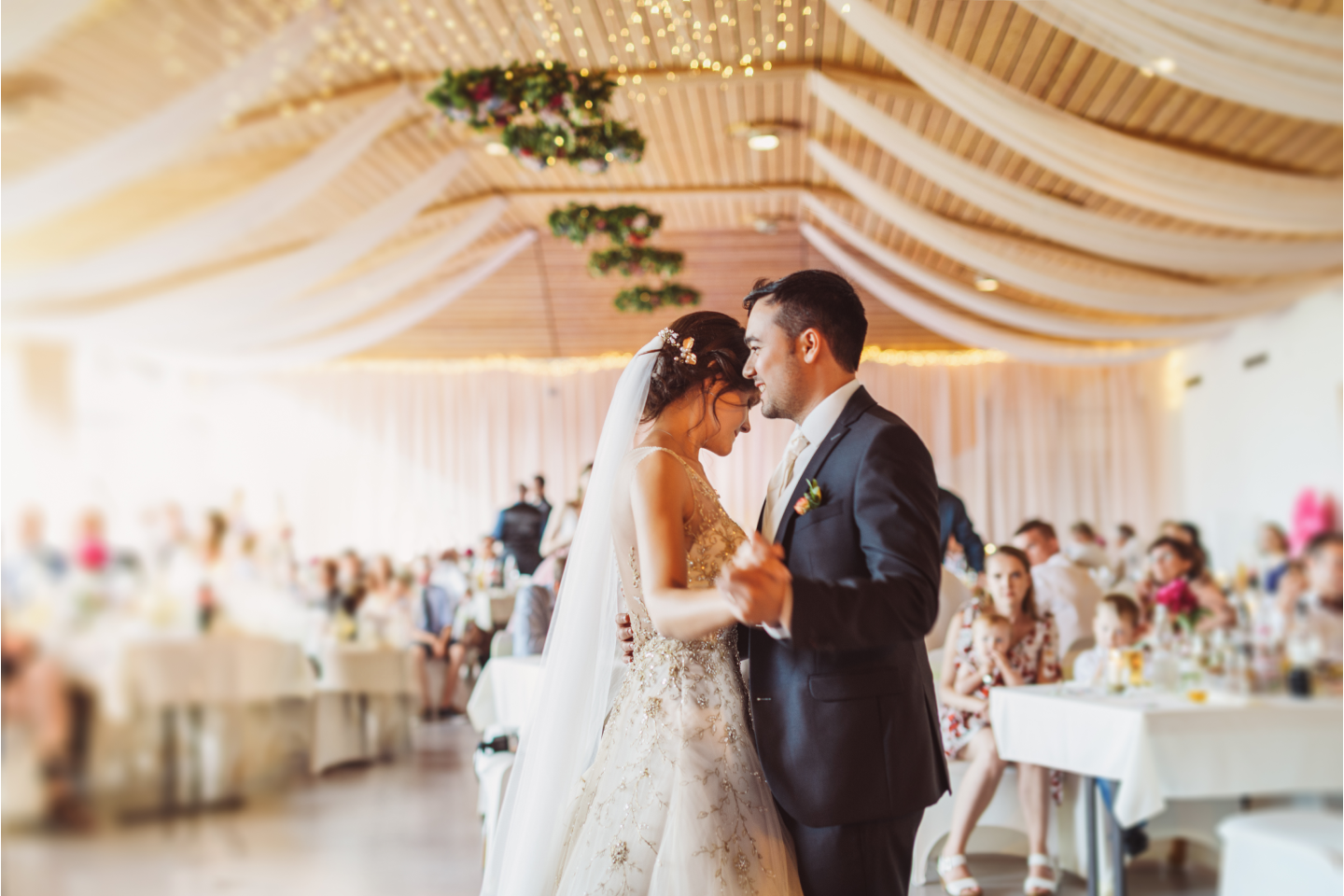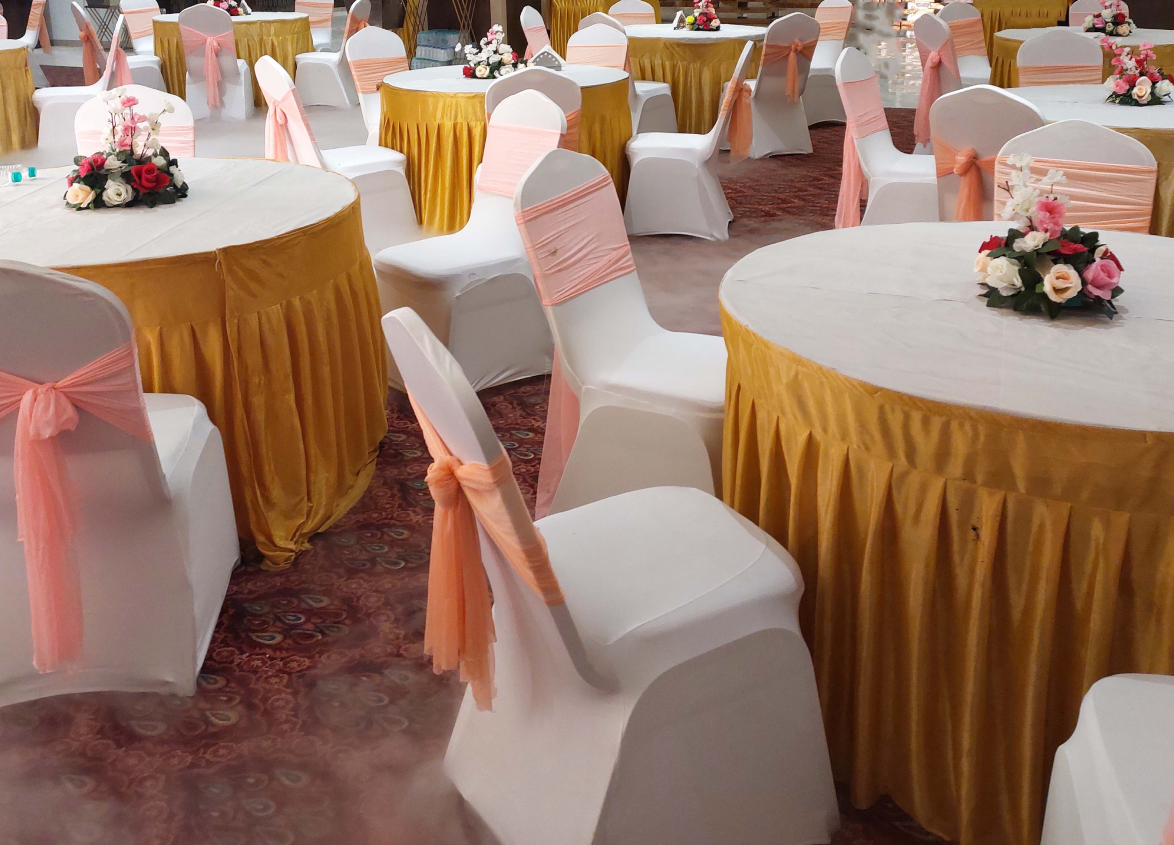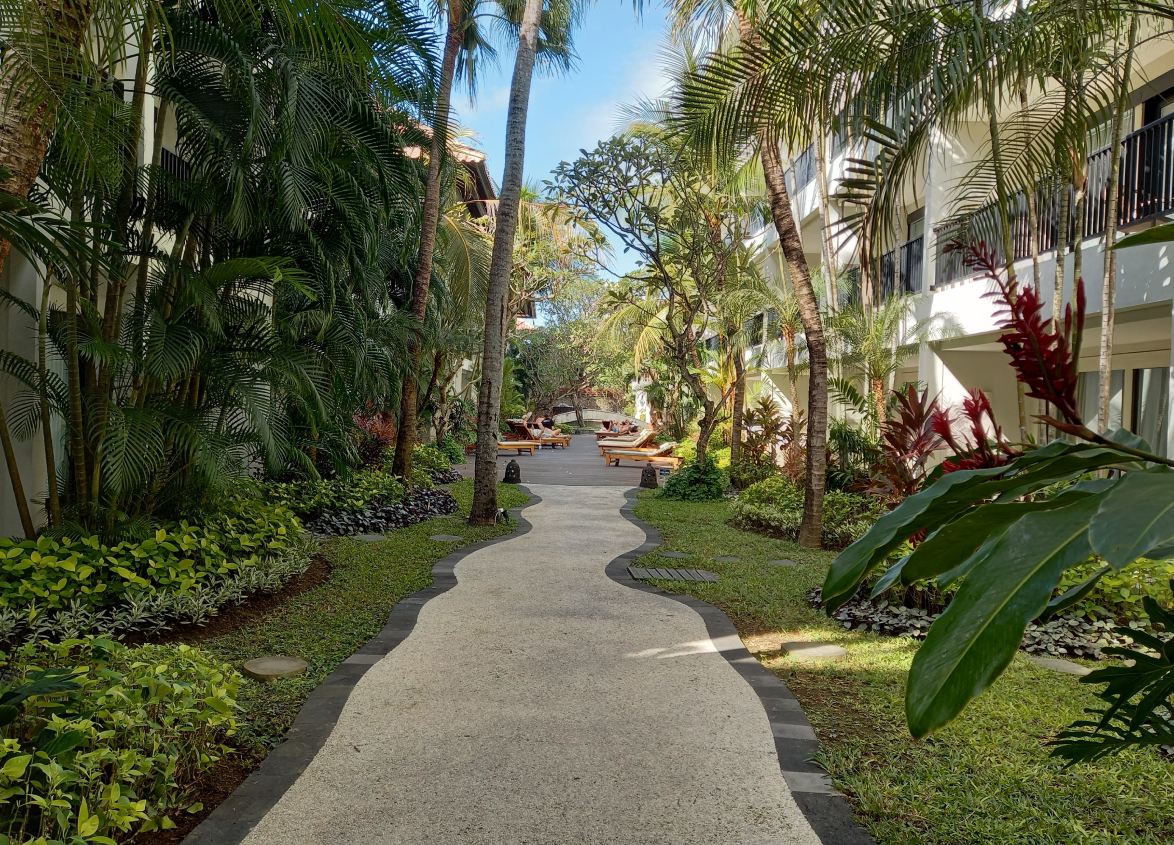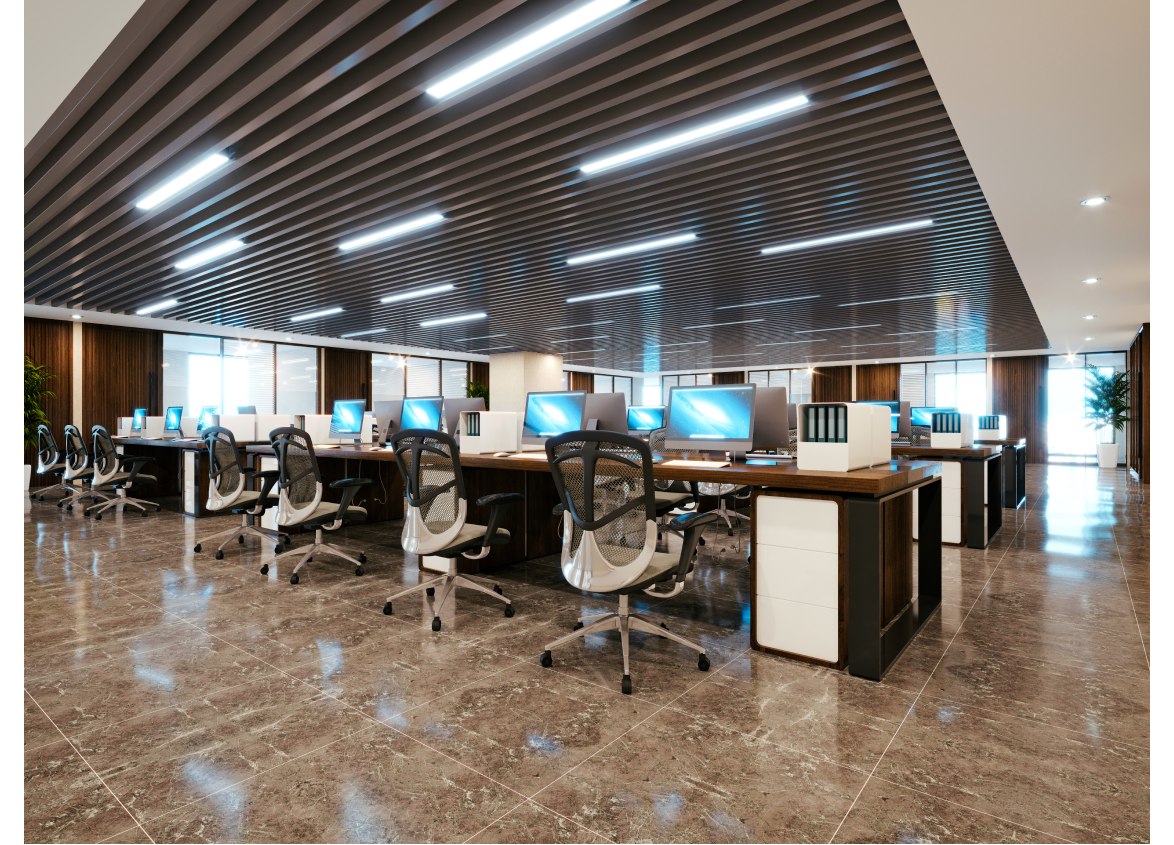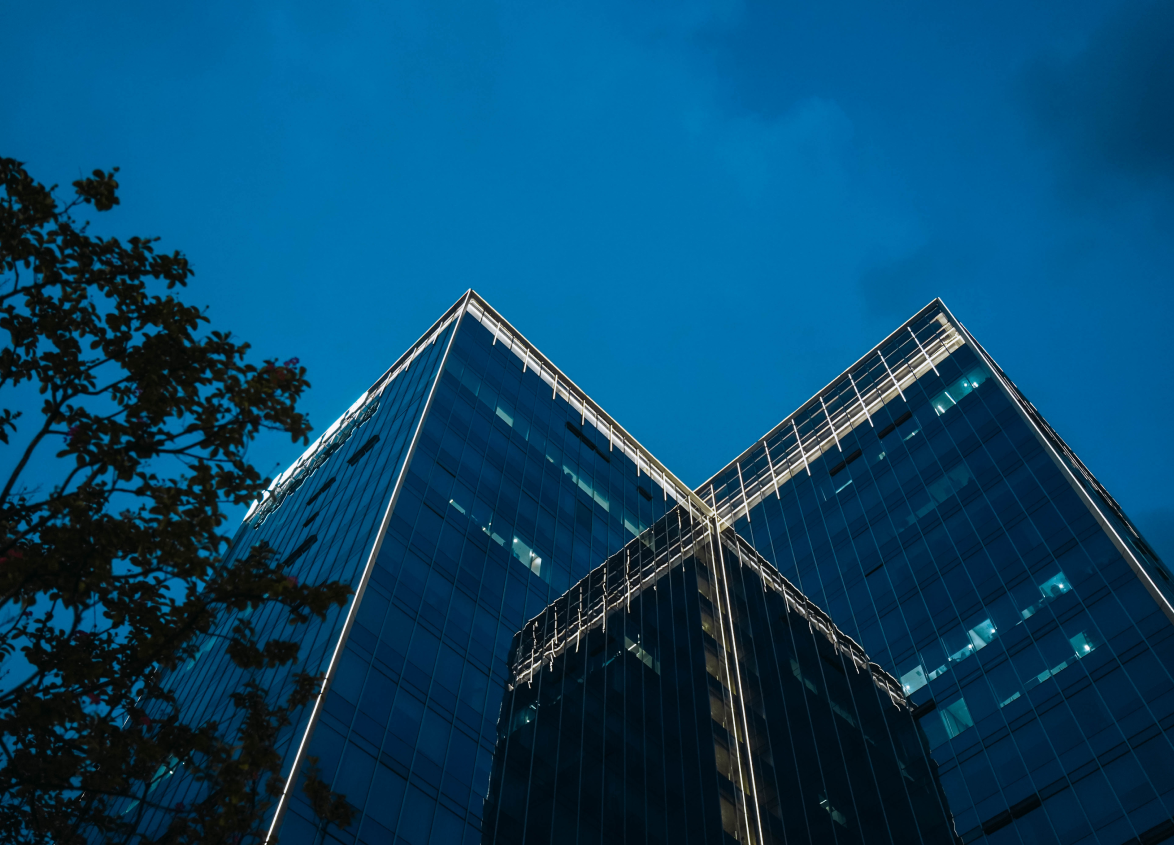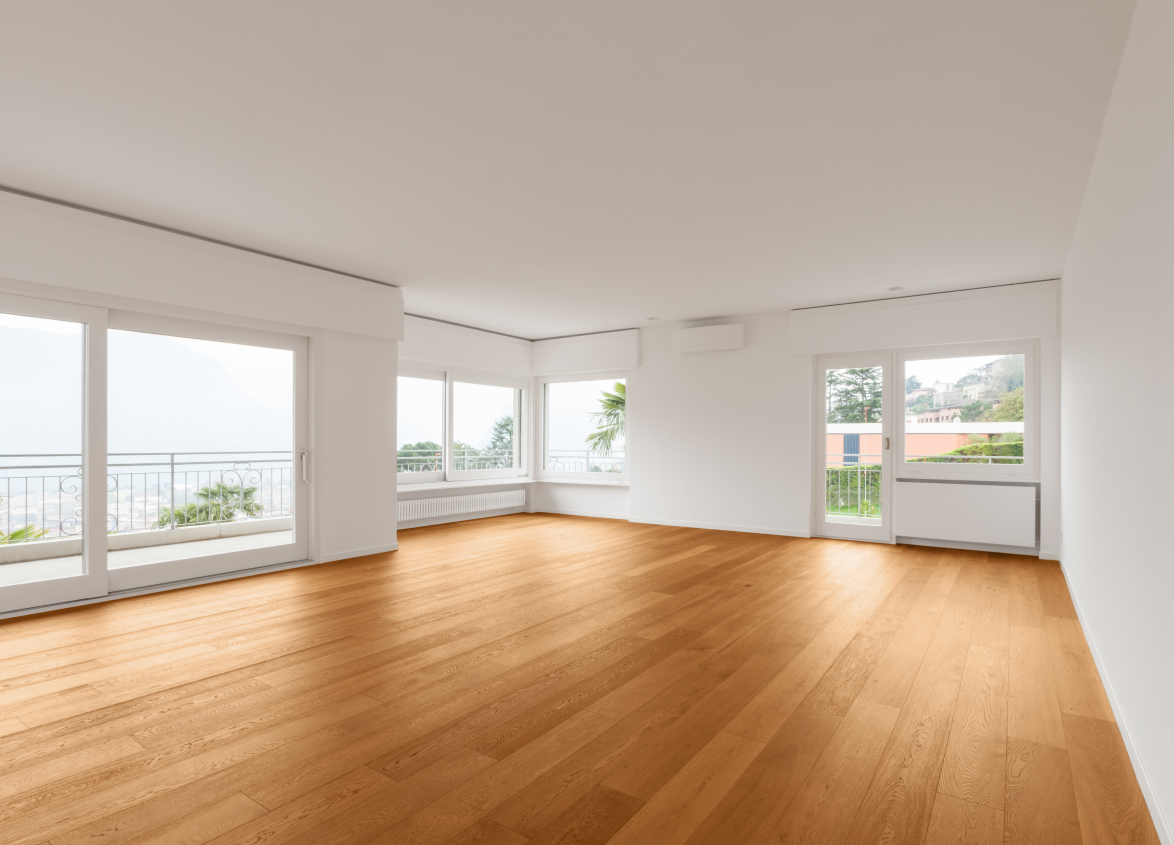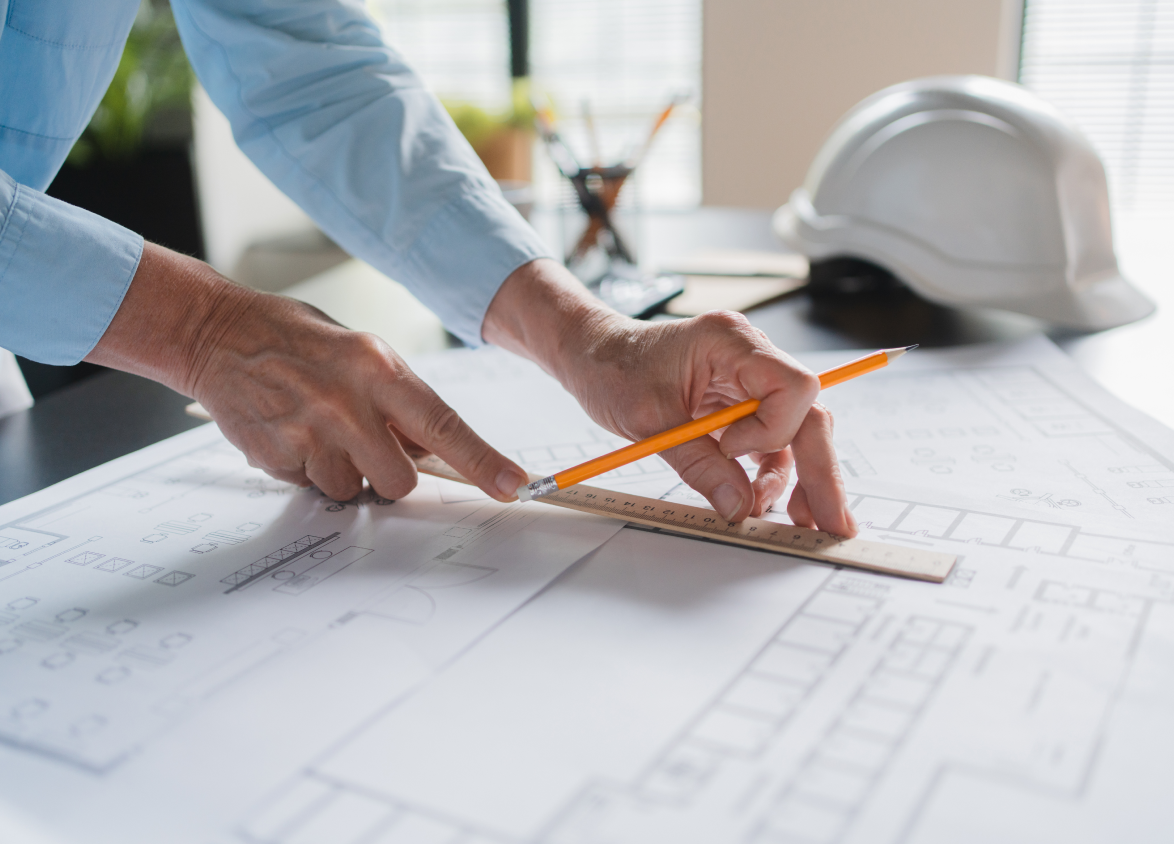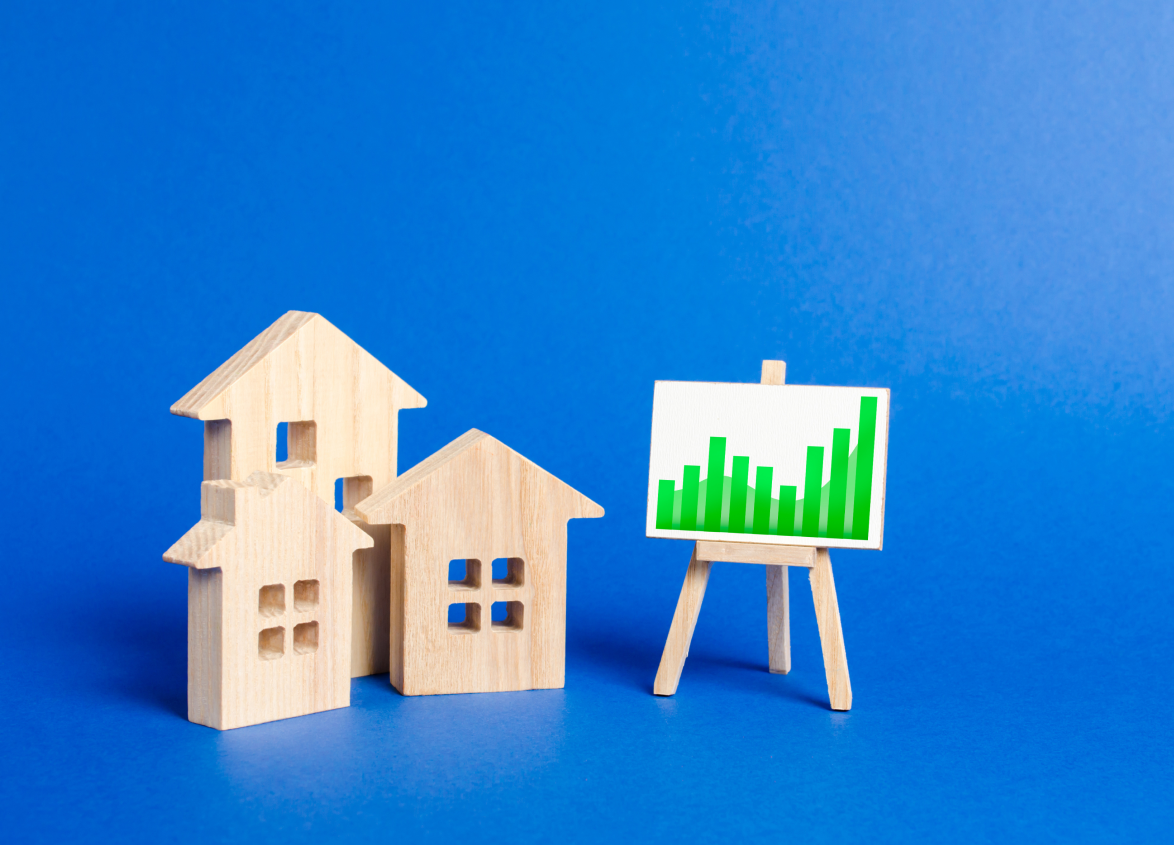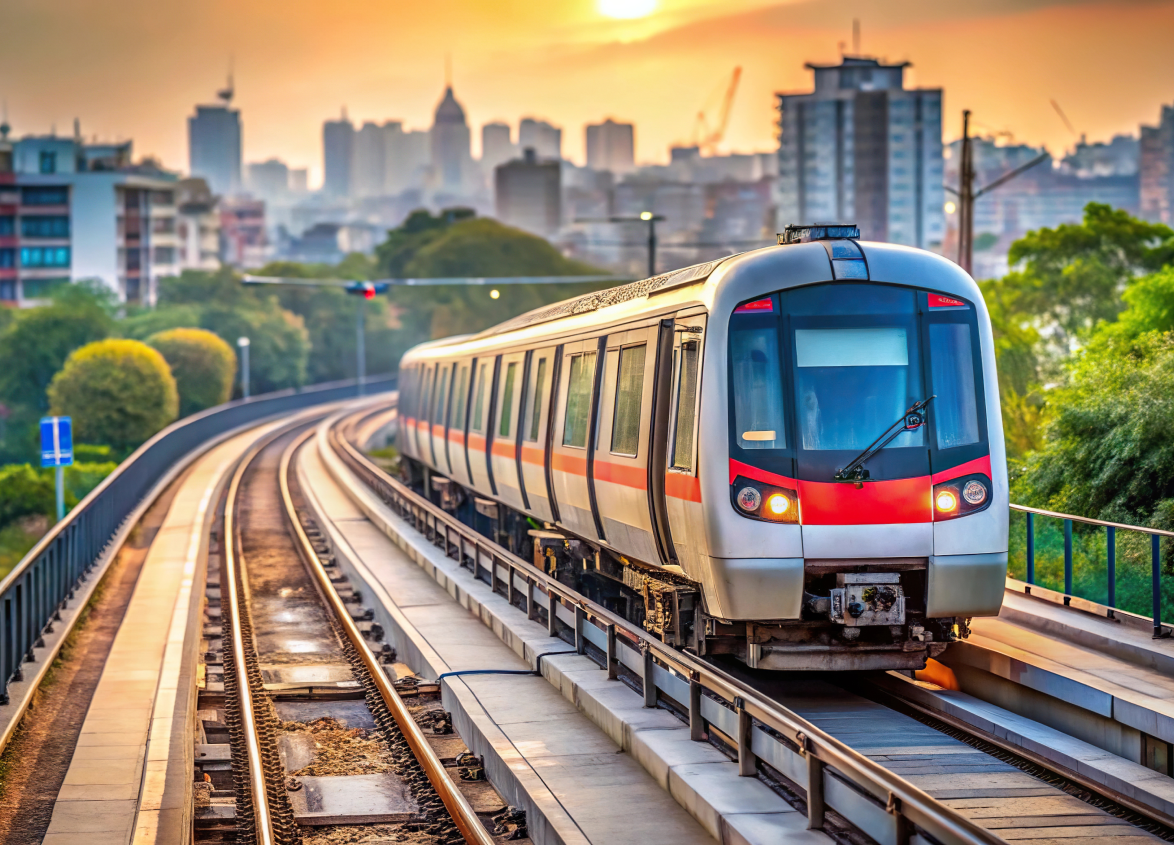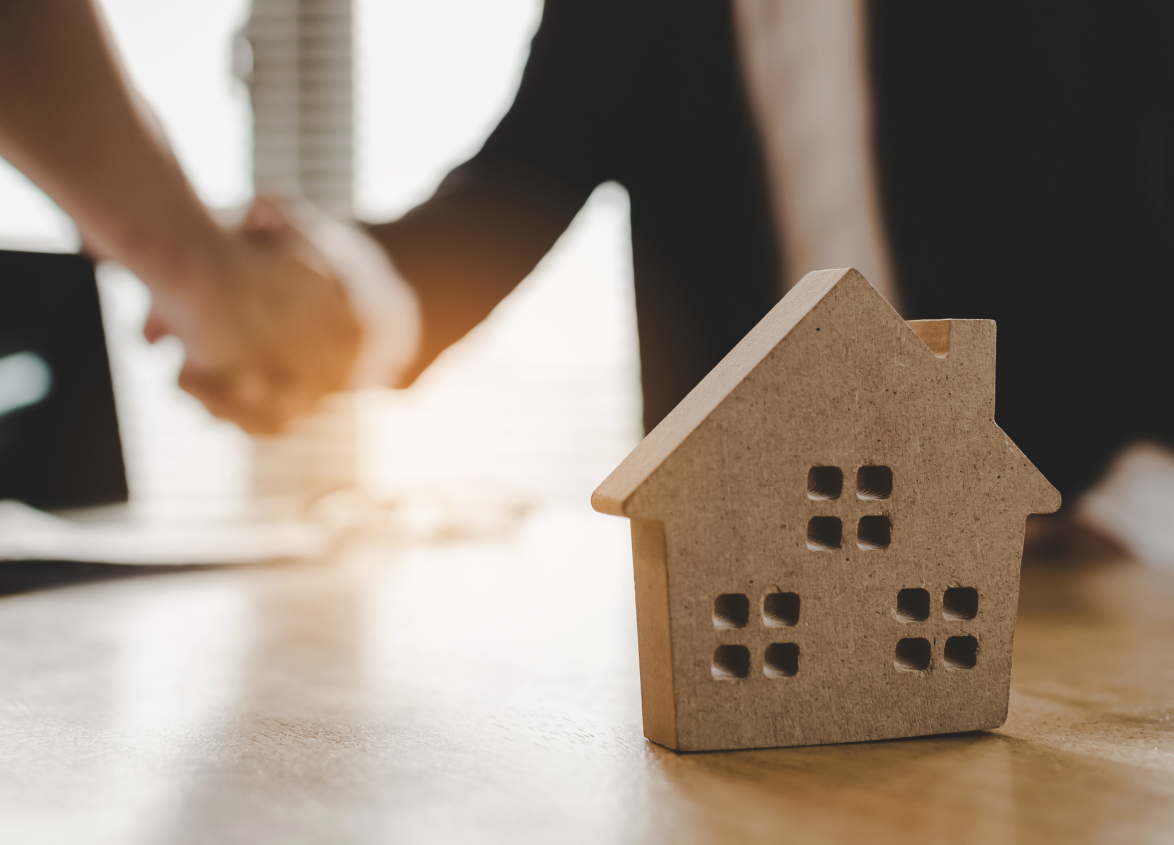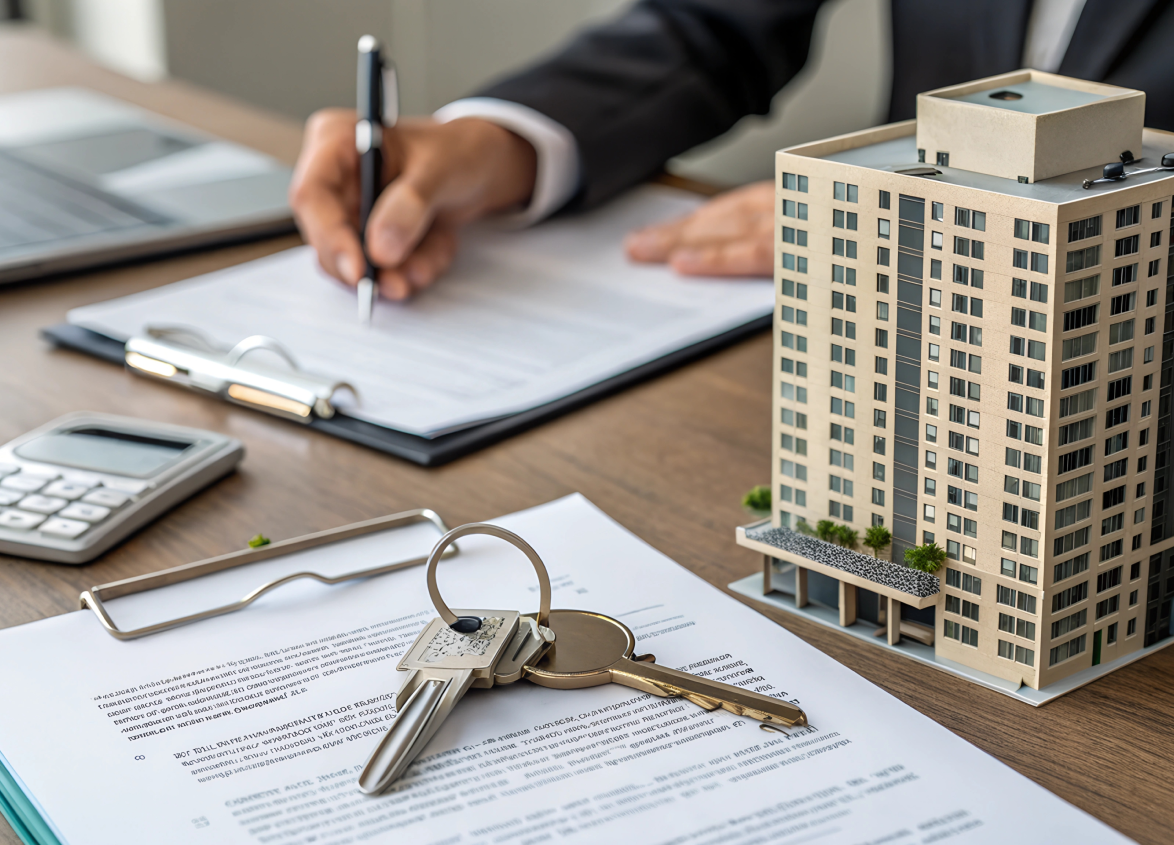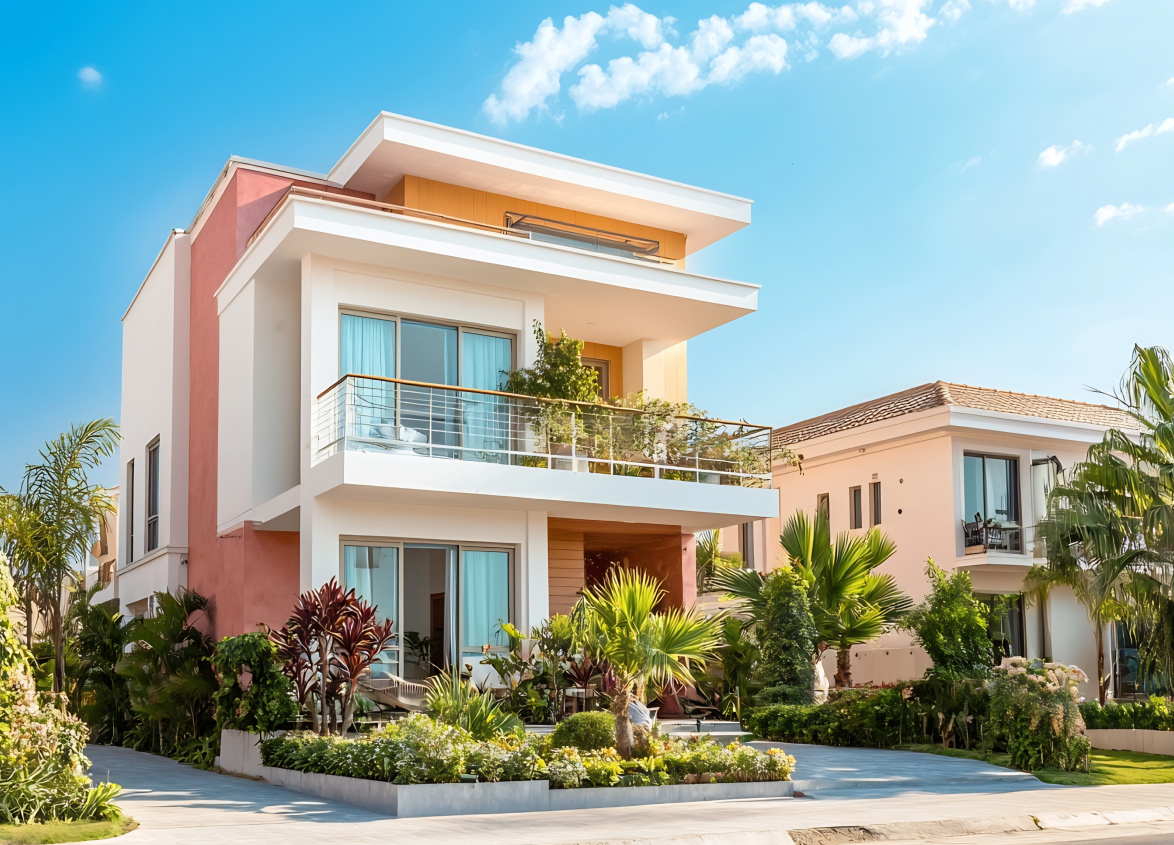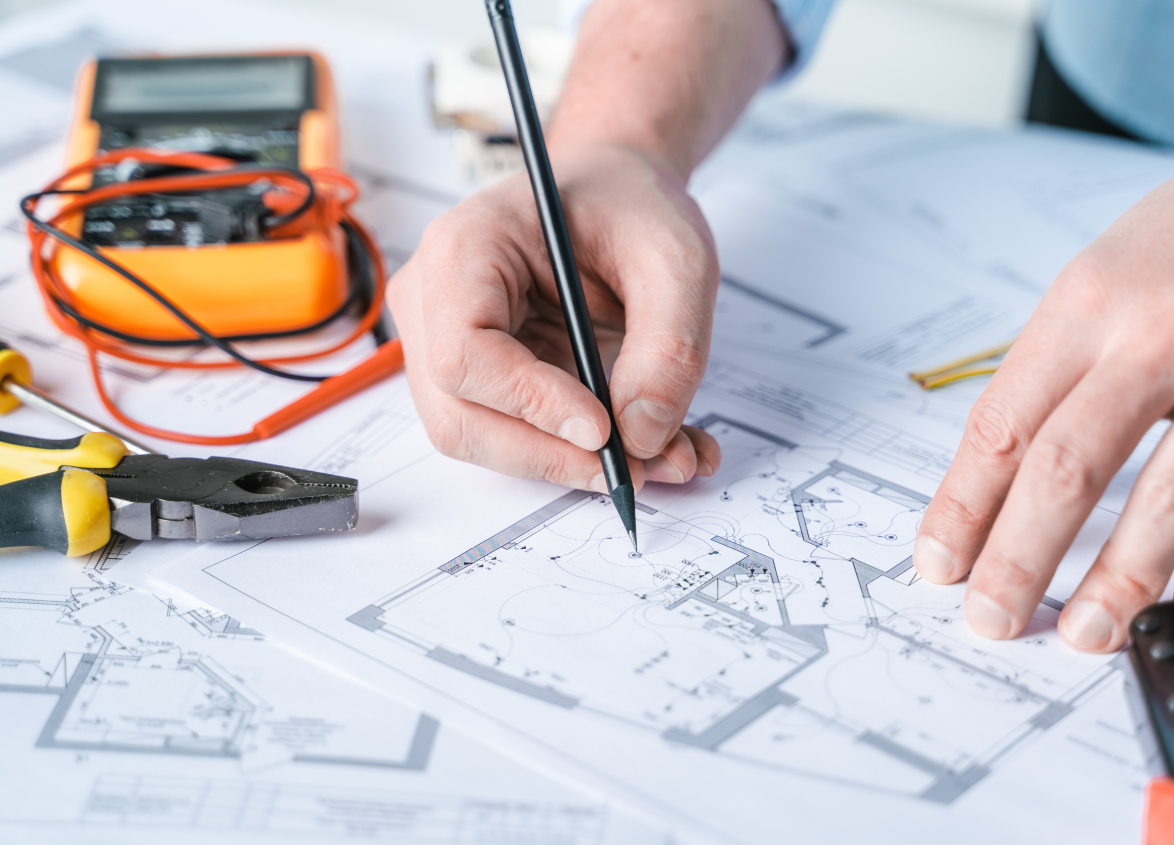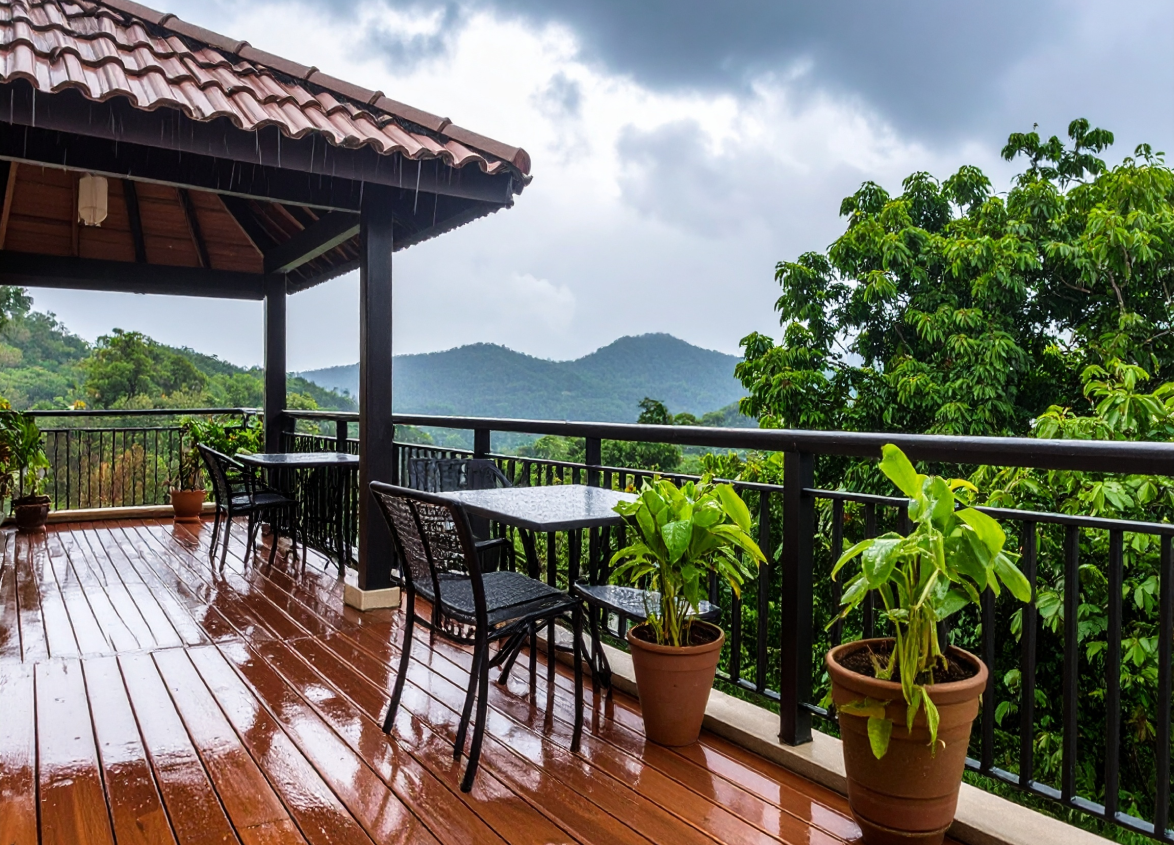
Residential
The Complete Guide to Builder Floors: Meaning, Differences and Benefits
December 23, 2024
Modern urban life is fast-changing, especially in the real estate industry. Builder floor areas have become a favourite among tenants who need privacy and ample space.
The vast features of this housing type make it a more viable option between distinct houses and typical apartments, which offer homeowners a certain level of privacy and comfort. Builder floors differ from typical apartment structures: each family gets an entire floor, which provides independence that is hard to find in similar complexes.
This guide will provide you with essential information to know the meaning of builder floors, the differences between them and other types of dwellings and the advantages and drawbacks of leasing or buying a builder floor.
By exploring these areas, we can help you make informed decisions about whether a builder's floor suits you as a first-time buyer, an investor, or a family desirous of improved living conditions. Let us discover what lies behind its popularity as a housing type.
Understanding Builder Floors
Builder floor means a unit where a single household takes possession of an entire floor or a set of floors in a single or double-storey building.
Most of these properties are developed by private individuals who are either contract developers or builders who develop unit structures on small parcels of land, with each storey being sold to different buyers. Unlike ordinary apartments with several units on a single floor, builder floors give the owner complete ownership of the floor, making it self-contained.
The important feature allowing residents maximum privacy is that each floor holds its own vestibule and no common walls with other floors.
What makes them attractive is that they are independent structures like apartment houses. Potential purchasers are attracted to them because they have more variability than the average flat. There is flexibility in the fact that the owners can select the most desirable plan, furnishings and even trims.
Besides, builder floors also provide private facilities such as balconies or small gardens according to the construction plan provided.
Builder Floors Meaning
Builder floors extend beyond the possession of an entire floor in a low-rise building. They provide novel housing that can effectively address the needs of people who live in cities and search for privacy and interconnection.
While others are high-rise apartments with several units fitted on each floor, builder floors have more exclusive layouts, where each floor is completely separate and sealed from the others.
To some, the significance of the term builder floors also means having a vast living space with no extra investment and management pressures associated with an independent house. These floors are between a 2-bedroom hall kitchen and a 5-bedroom hall kitchen that families can rent/purchase depending on their size and income.
They appeal most to investors as these units can offer many variations in what people want regarding image, spacing and fixtures. These floors provide a new twist in the new-generation residential segment as they combine privacy with accessibility.
Comparison Table: Builder Floors vs Other Property Types
| Aspect | Builder Floors vs Traditional Apartments | Builder Floors vs Independent Houses | Builder Floors vs Low-Rise and High-Rise Buildings |
|---|---|---|---|
| Ownership | Builder floors offer individual ownership of an entire floor, while traditional apartments involve shared ownership. | Builder floors share land ownership with other floor owners, unlike independent houses, where the land and building are owned outright. | Unlike high-rise apartments with centralised management, builder floors typically involve shared ownership among floor owners. |
| Privacy | Higher privacy as each floor is independent, unlike traditional apartments that share walls and common spaces. | Offers privacy comparable to independent houses but with less financial burden. | Offers more privacy than high-rise apartments, with fewer shared spaces and fewer residents in the building. |
| Structure | Builder floors occupy an entire floor, offering more space and freedom. Traditional apartments have multiple units on each floor. | Builder floors are part of a multi-floor building, unlike independent houses, which are stand-alone properties. | Builder floors are typically low-rise with up to four floors, while high-rise buildings have more stories and residents. |
| Customisability | High customisability for layouts and interiors compared to limited options in traditional apartments. | Allows for layout changes similar to independent houses, but structural changes may be limited compared to full land ownership. | More customisation options than in high-rise buildings, which have fixed layouts and designs. |
| Amenities | Traditional apartments often come with shared amenities like hallways, elevators and community areas, which builder floors lack. | Independent houses do not have shared amenities, similar to builder floors. | High-rise buildings provide extensive amenities (gym, pools, lounges), while builder floors focus on personal living space. |
| Cost | Builder floors are generally more expensive than traditional apartments due to the increased space and privacy. | More affordable than independent houses, as land costs are shared. | Usually costlier than high-rise apartments but provide a better sense of personal space and privacy. |
| Maintenance | Builder floors require less frequent maintenance as they do not have shared spaces like hallways and elevators. | Builder floors have lower maintenance costs as expenses are shared, unlike independent houses that require upkeep of land and property. | Low-rise builder floors involve less frequent maintenance and easier accessibility compared to high-rise buildings. |
| Living Environment | Offers a freestanding living environment, unlike the communal feel of traditional apartments. | Combines the feel of a private home with shared responsibilities, unlike independent houses that have total autonomy. | Mimics the feel of a low-rise, spacious living environment and avoids the dense population of high-rises. |
| Accessibility | Builder floors lack some of the ease of access and shared facilities found in traditional apartments. | Comparable accessibility to independent houses, though shared land ownership limits modifications. | Easier accessibility than high-rise buildings, especially in emergencies, making them more family-friendly. |
Advantages of Builder Floors
The primary advantages of builder floors include a higher level of privacy, increased control over the area and relatively high freedom in construction.
Since every floor is self-contained, the inhabitants receive minimal noise intrusion and have privacy. In addition, these floors are independent, which entails having their own entrance, making the privacy levels of the builder floor higher compared to apartments where many units share a single entrance.
The other benefit is that the builder floors are location flexible. They are often built in central urban or suburban areas where residents get easy access and spacious houses. This makes them more suitable for individuals who wish to live in a city.
Customisation and Personalisation Options
Most builder floors are categorised under the low-rise category, typically involving buildings up to four stories high.
Low-rise buildings are generally more communal, with fewer people in one building, while high-rise buildings contain hundreds of people and have many facilities, such as a gym, swimming pool lounge, etc.
However, in high-rise buildings, residents lack control in many aspects, including the structure and architecture. On the other hand, low-rise builder floors are much more customisable than high-rise floors; they are very private and yet closely resemble homes in high-rise buildings.
Low-rise buildings also have less frequent maintenance costs and are easy to access in case of fire or emergencies, which may be essential for families, people with disabilities and elderly residents. Builder floors give the unique selling proposition of a low-rise, large living area. Tenants are located within the city's key commercial or residential district, a perfect blend of independent and apartment living.
Enhanced Privacy and Independence
The builder floors ensure a higher level of privacy, increased control over the area and high learning freedom during construction. Since every floor is self-contained, the inhabitants get minimal noise and feel privacy from other occupants.
In addition, the builder floors are independent, which entails having their own entrance. This makes the privacy levels of the floor higher than those of apartments, where many units share a single entrance.
The other benefit is that the builder floors are location flexible. They are often built in central urban or suburban areas where residents get easy access and spacious houses. This makes them more suitable for individuals who wish to live in a city.
Investment Potential of Builder Floors
Builder floors are a promising and valuable asset type because they allow the ownership of low-rise housing while leveraging the benefits of urbanisation. Generally, they are located in well-developed localities or regions preferred by clients or in the suburbs with well-developed transport systems.
This makes them suitable for buyers willing to lock their money in long-term investment since houses, especially those in first-tier cities, have excellent release potential, particularly low-rise buildings when their supply is scarce.
Moreover, builder floors offer various other benefits in rental markets. These units are usually independent and, therefore, are developed to attract competent tenants, such as families or professionals who prefer their privacy. It can provide an excellent rental yield for owners who like to invest in builder floors as rental units.
Besides, the customisation potential means that additional luxurious options can be introduced, raising both rental yield and capital value, making these floors a promising investment option.
Lower Maintenance Costs
Another potential benefit is that builder floors are cheaper to maintain. It is essential to know that high-rise buildings have numerous facilities, such as swimming pools, gymnasiums, clubhouses and community halls, which add to the monthly amenities charges.
Builder floors do not have such facilities, so they have fewer amenities charges. This is ideal for buyers looking to avoid recurrent costs.
Also Read - Rising Demand for Luxury Apartments in Tier-2 Cities
Furthermore, managing a building with fewer storeys and occupants means that cleaning, repairs and security are made more accessible and will likely be centralised between a few owners. Even some builder floor descriptions allow residents to manage maintenance independently, which can also help reduce cost and freedom.
For those buyers who need ample living space as in an independent home handed over but are not ready or economically capable of maintaining the spaces, builder floors become the perfect choice.
Access to Amenities
Although builder floors do not provide most of the facilities of large apartments, they are usually situated in urban or suburban areas that can be easily accessed. Key facilities such as schools, hospitals, parks and shopping centres surround these areas.
The location is strategic enough for residents to access the other perks of the commons without having to fund the operating expenses within their building.
Considerations Before Purchasing Builder Floors
Legal and Financial Due Diligence
Buying a builder floor requires legal and financial work and research to make the overall transaction less of a problem and more of an investment. Land ownership must be confirmed by the property's title deed, with the seller having full rights to the land.
Also, ensure that the builder has identified all necessary construction permissions, such as zoning and environmental permissions. Each of these steps prevents legal loopholes later on.
Evaluating Builders: What to Look For
When investing in builder floors, more attention should be paid to choosing the right builder. Note the dependencies between the quality of construction, compliance with the time and credibility of the builder and the corresponding characteristics of the property. If possible, take some time to visit other constructions they have made to see the quality and style of work.
Conducting Property Inspections
A property inspection is essential before deciding to buy a particular property. Check the quality of the floor's construction, the water supply, the electric supply, the washing provisions and appearance and all factors that define the practicality of living there. Consider the quality of the materials used in construction to ensure that the best quality materials are used.
Future Trends in Builder Floors
Sustainable Practices in Builder Floor Development
With the growing emphasis on sustainability, more builders are implementing sustainable practices in builder floor construction. The application of green materials in construction, efficient energy systems and water-saving solutions have been regarded as a significant new builder floor trend.
Some integrated facilities include solar panels, rainwater harvesting and better waste management systems to accommodate green buyers.
Smart Home Technologies
Thanks to smart homes, builder floor developments are increasingly being installed with smart lighting systems, climate control and security. These technologies also increase utility, optimise energy use and contribute to the contemporary feel of builder floors.
Home automation systems also enable residents to influence their environment from the comforts of their homes and provide security.
Community-Focused Developments
Contemporary builder floors are being constructed so that the residents are semi-annexed. Several developers construct a few small builder floors with green areas and unique jogging tracks.
These are community-centred developments suitable for families who wish to be on their own but also enjoy the company of their neighbours. While allowing for privacy and the construction of individual units, these builder floors are a middle ground, which can be quite interesting for families that would like to be a part of a rather friendly community but do not want to live in an apartment.
Conclusion
Builder floors are an interesting type of housing that provides many buyers with privacy, independence and the convenience of life in a big city. One of the benefits they offer is a floor with unique facilities and options for the individual customisation of living spaces.
These floors are low-maintenance structures and they present many benefits to families, working professionals and investors, from constructed designs to green building technologies and home automation.
They are an excellent investment decision, but selecting the right builder floor requires a deeper consideration.
It means considering the builder, property inspections and future trends and reasonably deciding to meet your interests. Whether you want a comfortable home or a prospective investment, builder floors are truly a superior choice today.
FAQs
1. What are builder floors and how do they differ from other housing types?
Builder floors are small multi-storey housing where every storey is an individual unit or home. This gives occupants more privacy and the ability to customise their units more than in regular apartment buildings.
2. What are the main advantages of buying a builder's floor?
These are privacy improvement, opportunities for further personalisation, maintenance expenses shared among more proprietors and less population density. Builder floors are also developed in central areas, making them advantageous to residents and investors.
3. How can I ensure the builder floor I purchase is a good investment?
Find information on the location, builder and resale value of the builder's floors. Good real estate properties can be obtained if one carefully selects locations with potential development and conducts research.
4. What customisation options are typically available on builder floors?
These plans involve alterations of the standard plans in builder floors that include layout modifications and interior design and fitting. Consumers can optimise and plan the position of rooms and the kitchen layout and select the materials and finishes.
5. Are builder floors suitable for families or individuals?
Builder floors are for every family and individual who seeks privacy, personal space and flexibility in terms of space. They are perfect for those families who want self-contained space without the hassles of a free-standing home.
6. What factors should I consider when choosing a builder floor?
Regarding the builder, legal clearances, property conditions and the location and infrastructure of the area must be considered. Furthermore, analyse the value of the property and any future developments in that area.
7. How do financing options for builder floors differ from other property types?
The loan-to-funding ratio for the builder floors may vary slightly according to the floor structure, but all banks provide home loans for builder floors. To ease loaning, ensure the builder floor has approval from banks in the country.
8. What are the common pitfalls to avoid when purchasing a builder floor?
Do not forget the legalities and choose a reliable builder. It is always advisable to consult before deciding on the property's builder's reputation, inspection reports, etc.
MUST READ
Looking for something specific?
We'd be delighted to help you.

